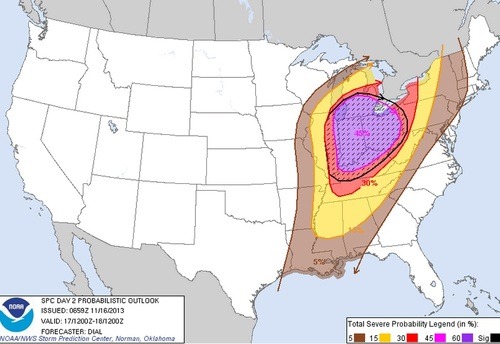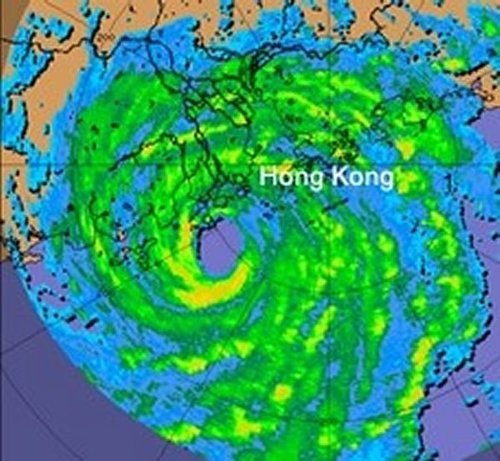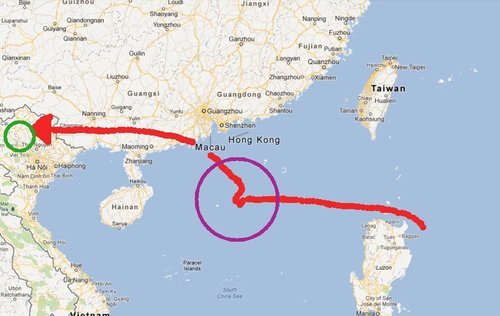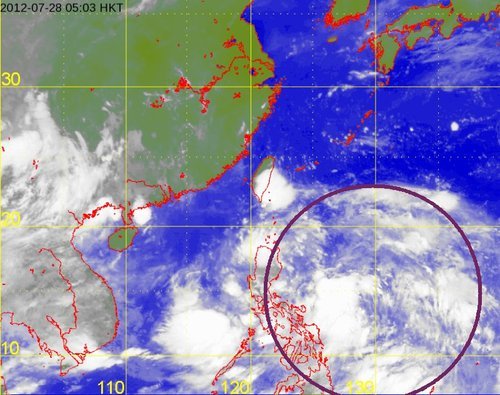Typhoon Haiyan Final Update, Moderate Risk for Midwest US
It’s been over a week since super typhoon Haiyan made landfall in the Philippines and a second landfall over Vietnam. The impacts in the Philippines and Vietnam are just now starting to surface and the reports coming out of the countries are not good.
Vietnam had had quite a bit of time to prepare for the storm and 70,000 people were evacuated from low lying areas. These preventive measures surely saved lives in the flood-prone and landslide-prone areas of Vietnam, but unfortunately five people still lost their lives in the floods. Storm surge was not as big an issue as it was for the Philippines as Haiyan had significantly weakened by the time it made landfall in Vietnam.
For the Philippines the death toll continues to climb (3,600 people) as the cleanup continues. One neighbourhood of Tacloban City of about 10,000 people has been literally washed off the map according to the city’s mayor, with no houses left. An early estimate for the damage is 12-15 billion dollars.

Unfortunately, this past week another tropical disturbance made its way to Vietnam and brought anywhere from 250mm to 500mm in the central part this past week. To the already saturated grounds, this was enough to cause some more flash flooding. As of Friday night’s reports 3,500 houses had been lost and power was out for various cities in central Vietnam. In total, 17 people had lost their lives from this event.
In other weather news this week, a negatively tilted trough will be making its way across the US Midwest and has the chance to produce some severe weather on Sunday. SPC has outlined a 45% hatched area, moderate risk stretching up to Southern Ontario. Though CAPE is limited, shear is quite impressive, thus, severe winds will be the main threat with this event. If the sun does get a chance to heat up, brief spin-ups could become a threat with the low cloud bases. It is not all that common to see severe events of this magnitude stretching up to Southern Ontario in the middle of November.




